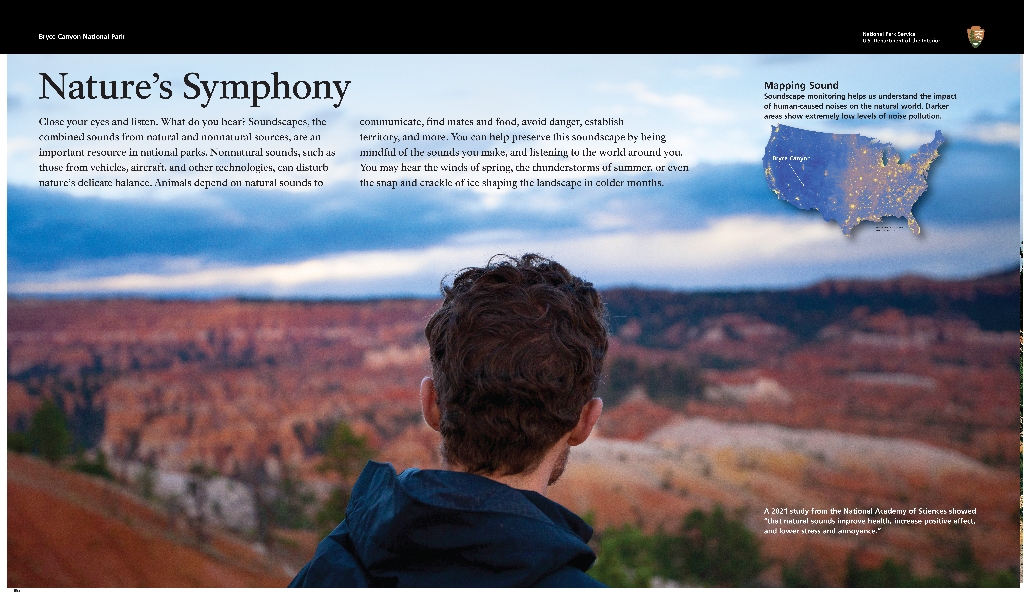
Close your eyes and listen. What do you hear? Soundscapes, the combined sounds from natural and non-natural sources, are an important resource in national parks. Non-natural sounds, such as those from vehicles, aircraft, and other visitors, can disturb nature's delicate balance and visitor experiences. Soundscape monitoring helps us understand the impact of human-caused noises on the natural world.
Animals depend on natural sounds to communicate, find mates and food, avoid danger, establish territory, and more. You can help preserve this soundscape by being mindful of the sounds you make, and listening to the world around you. You may hear the winds of spring, the thunderstorms of summer, or even the snap and crackle of ice shaping the landscape in colder months.
Animals depend on natural sounds to communicate, find mates and food, avoid danger, establish territory, and more. You can help preserve this soundscape by being mindful of the sounds you make, and listening to the world around you. You may hear the winds of spring, the thunderstorms of summer, or even the snap and crackle of ice shaping the landscape in colder months.
Is there something we missed for this itinerary?
Itineraries across USA
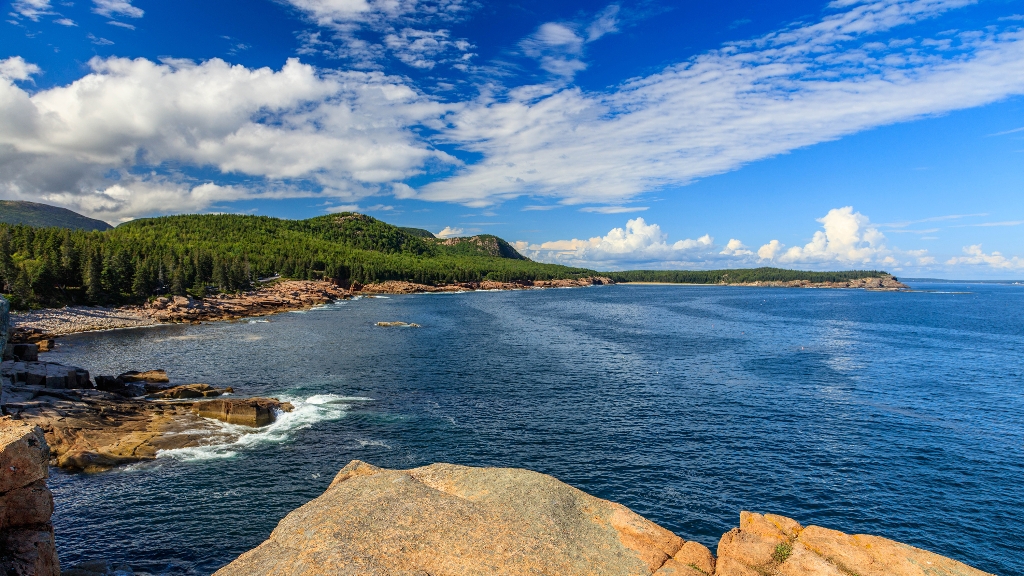
Acadia
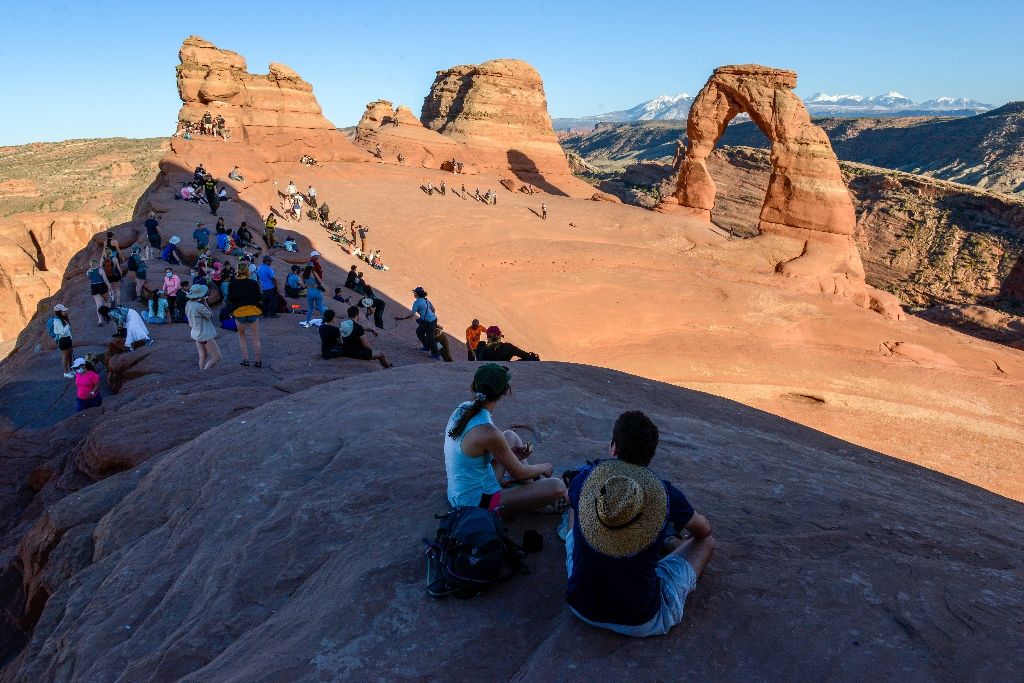
Arches National Park
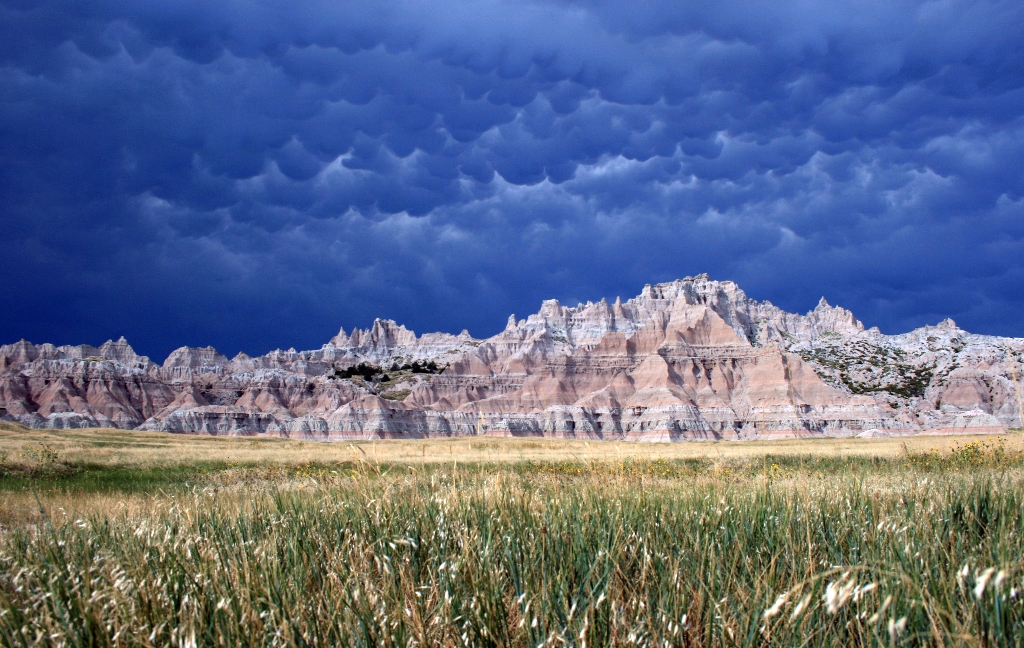
Badlands
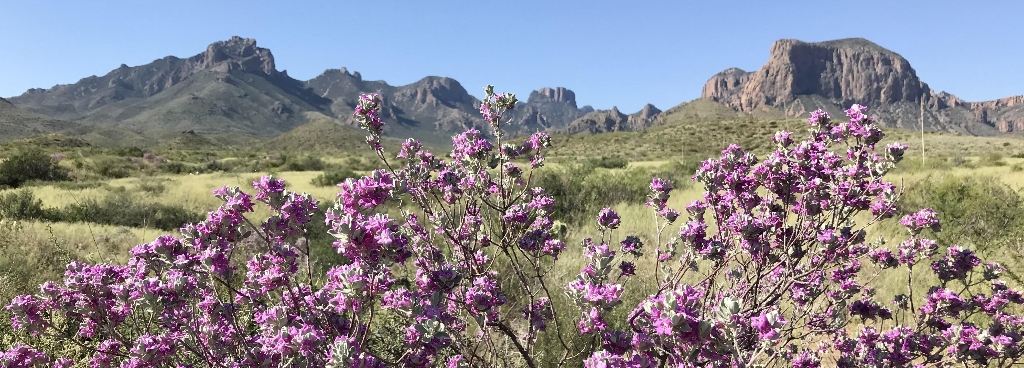
Big Bend
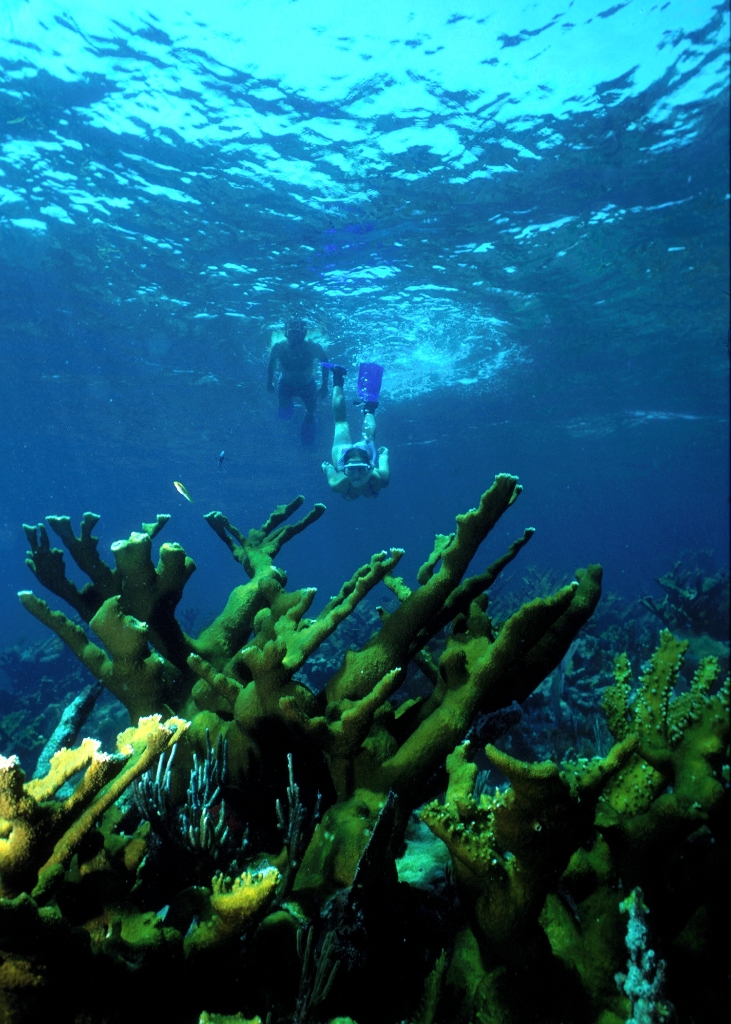
Biscayne
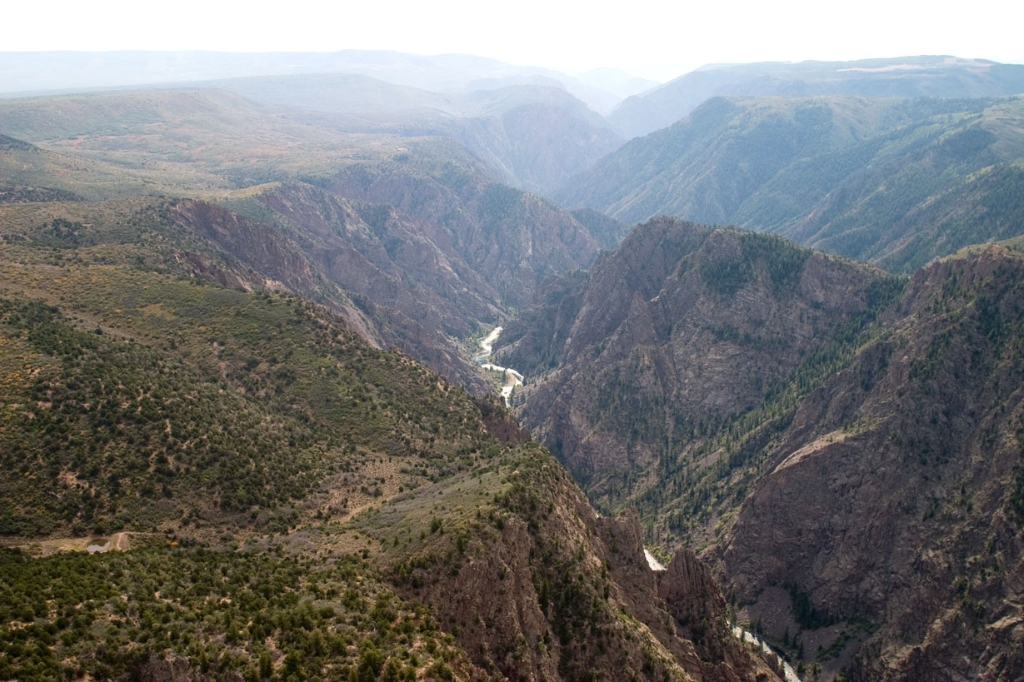
Black Canyon Of The Gunnison
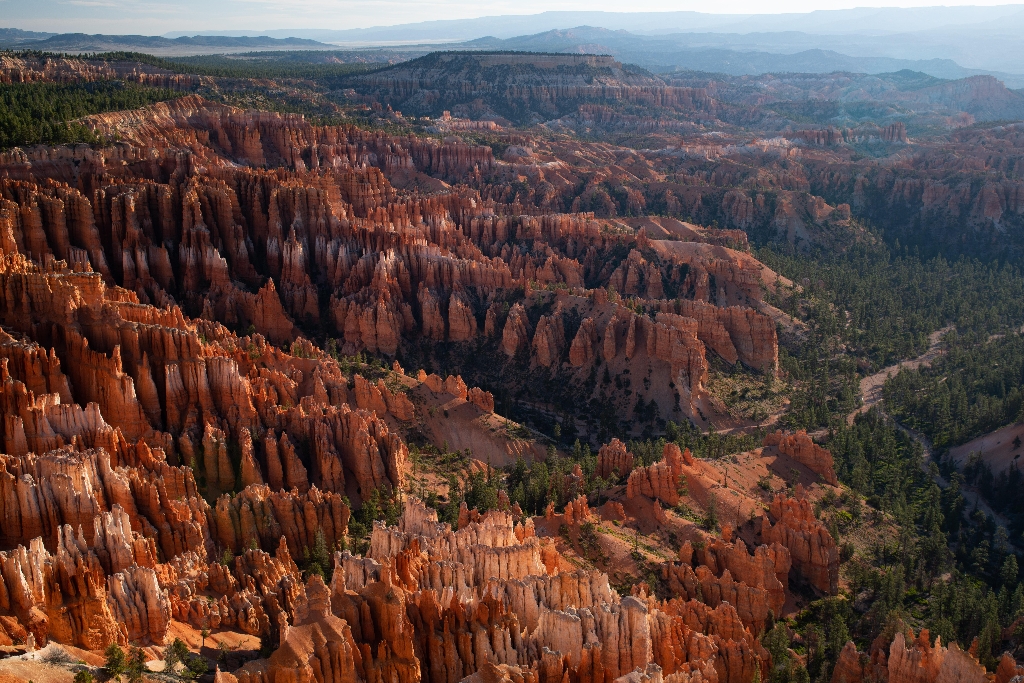
Bryce Canyon
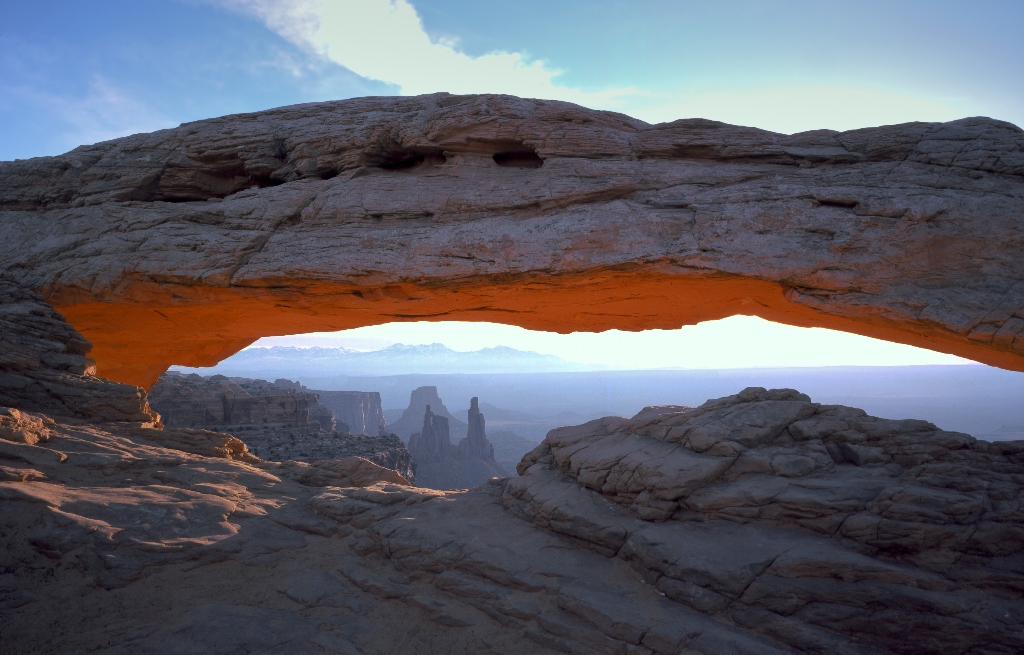
Canyonlands
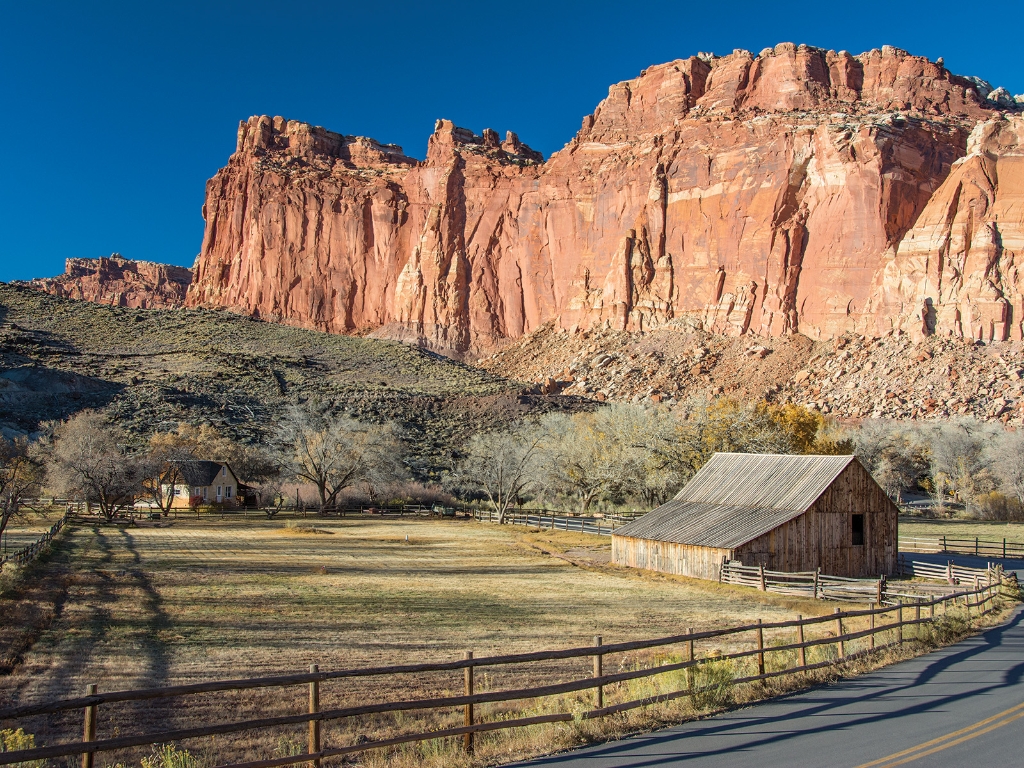
Capitol Reef

Carlsbad Caverns
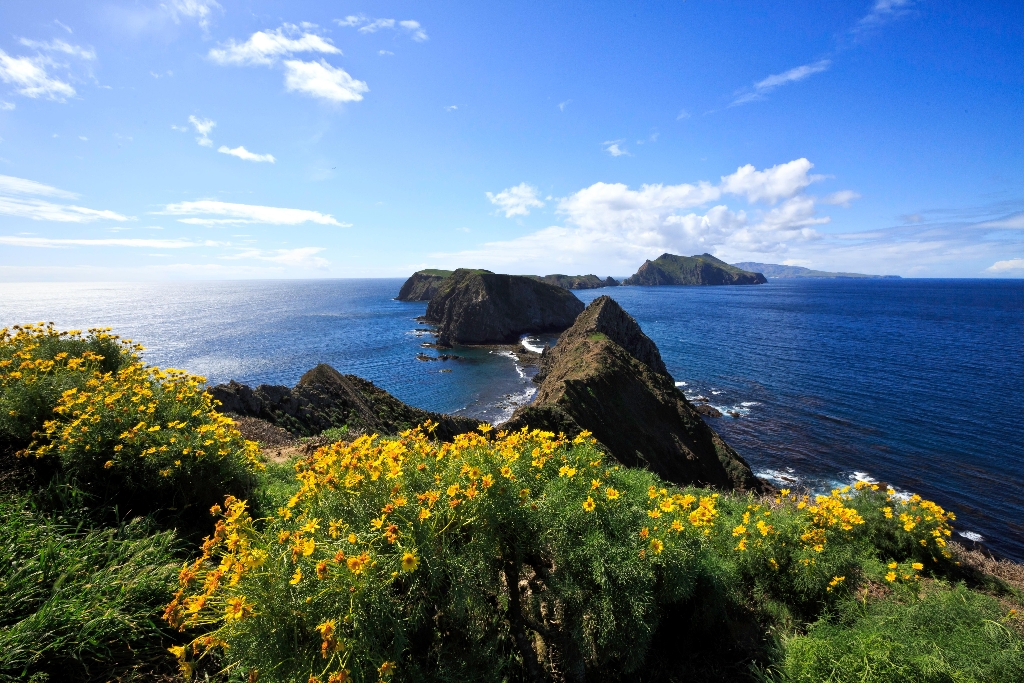
Channel Islands
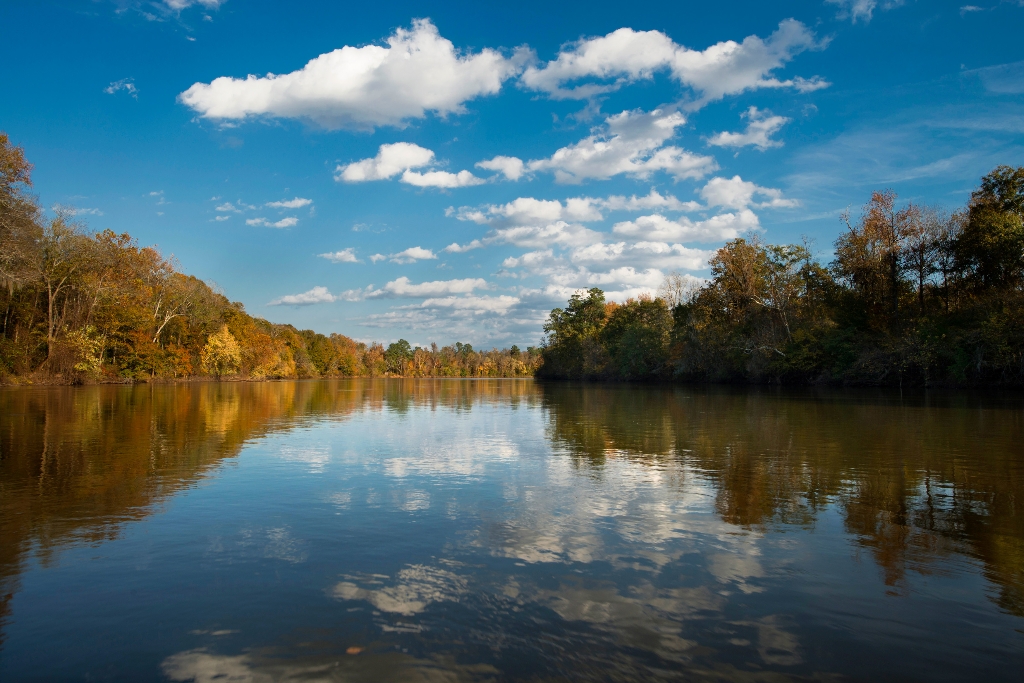
Congaree
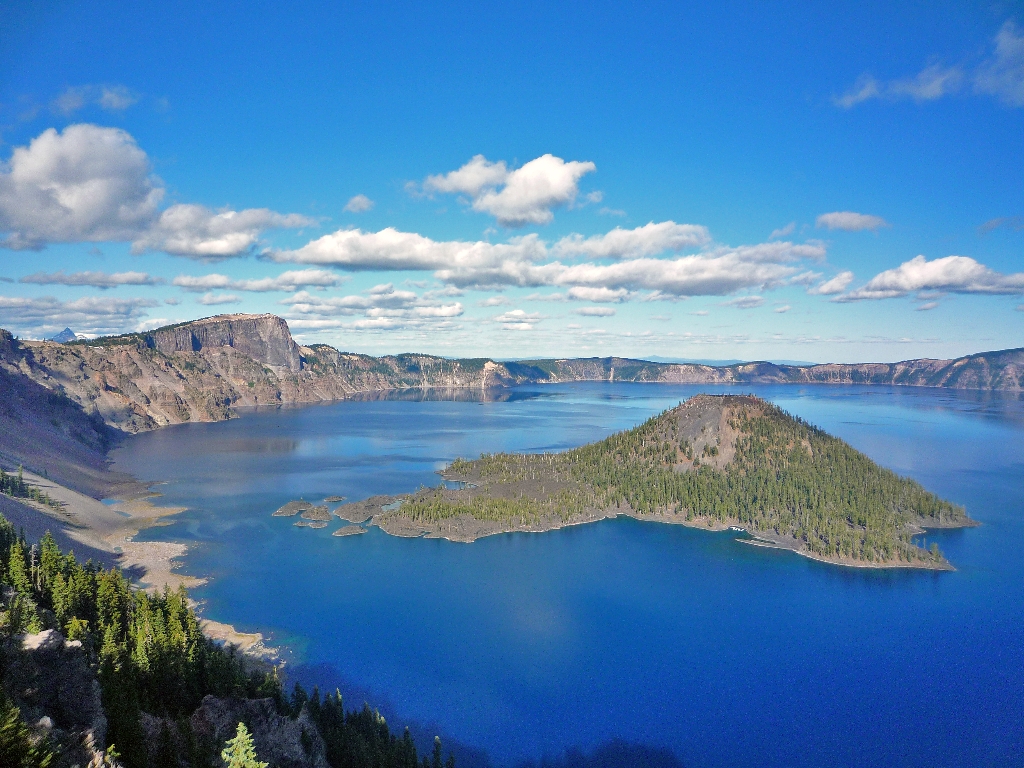
Crater Lake
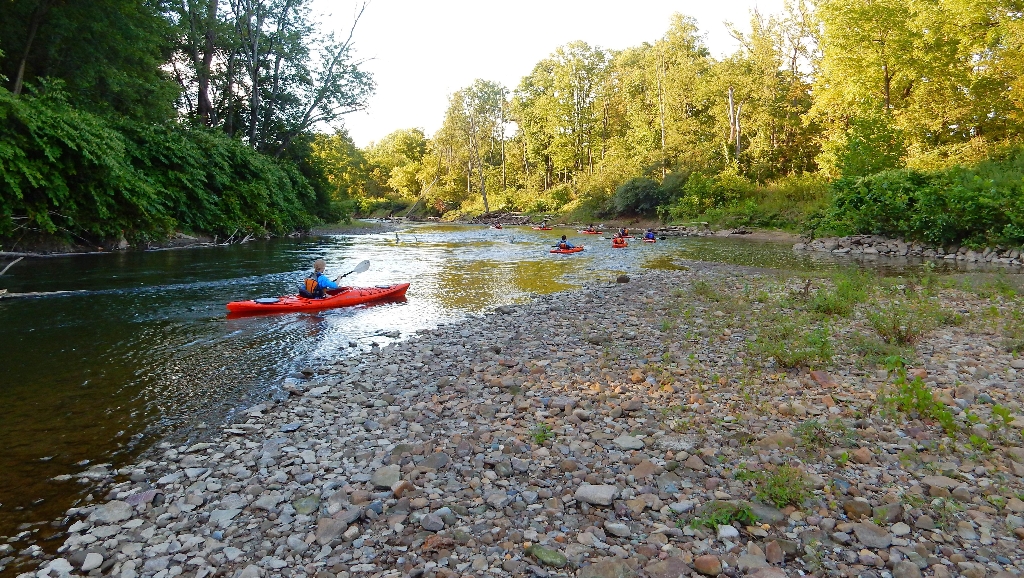
Cuyahoga Valley
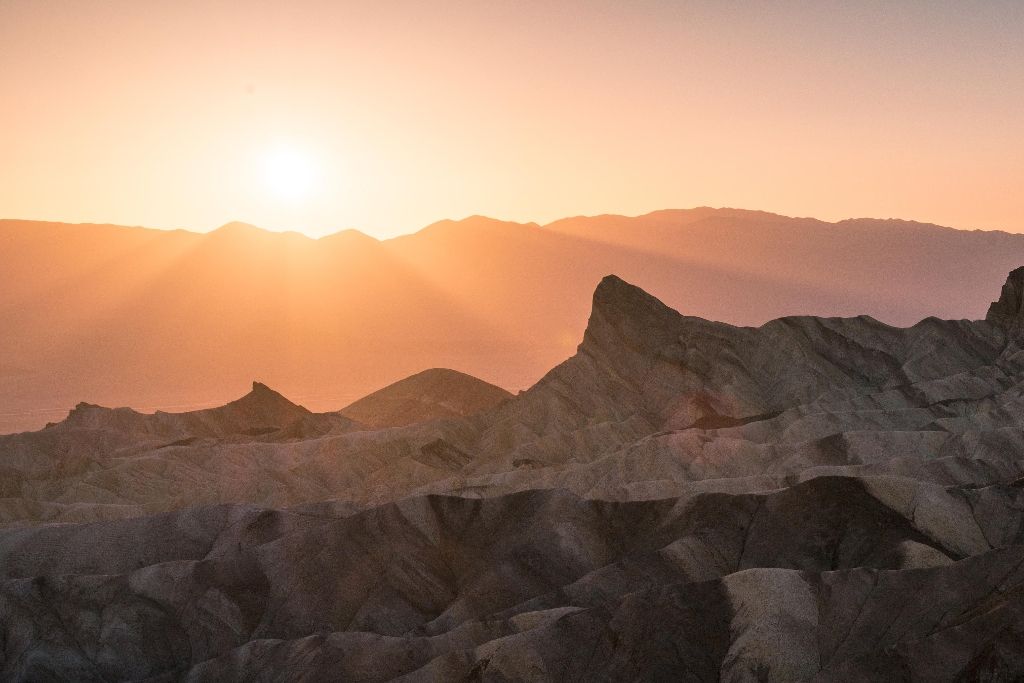
Death Valley
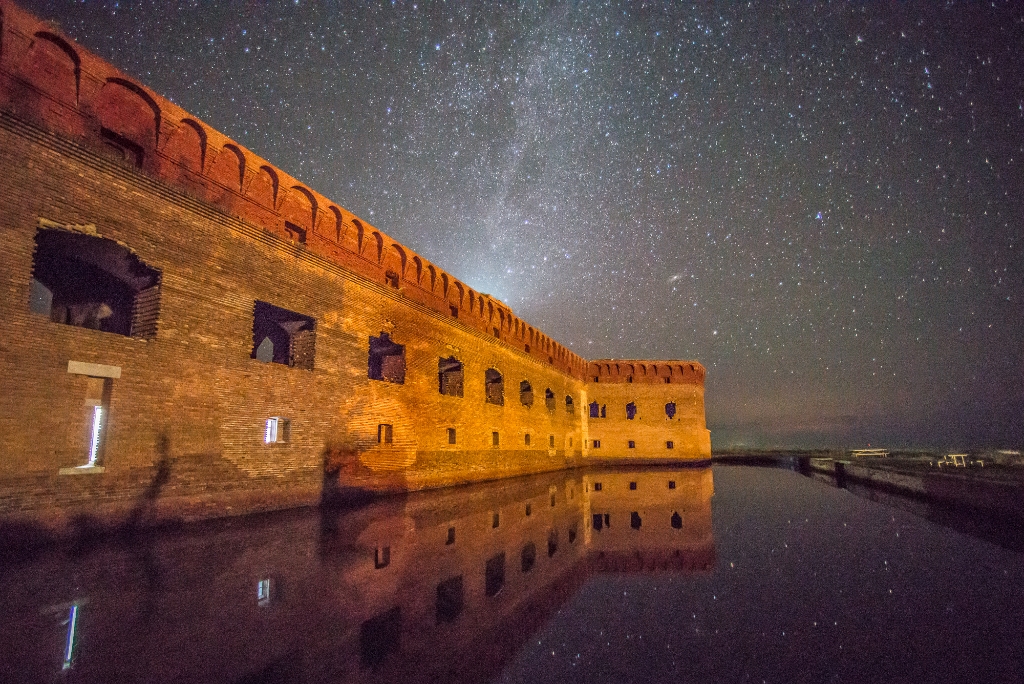
Dry Tortugas
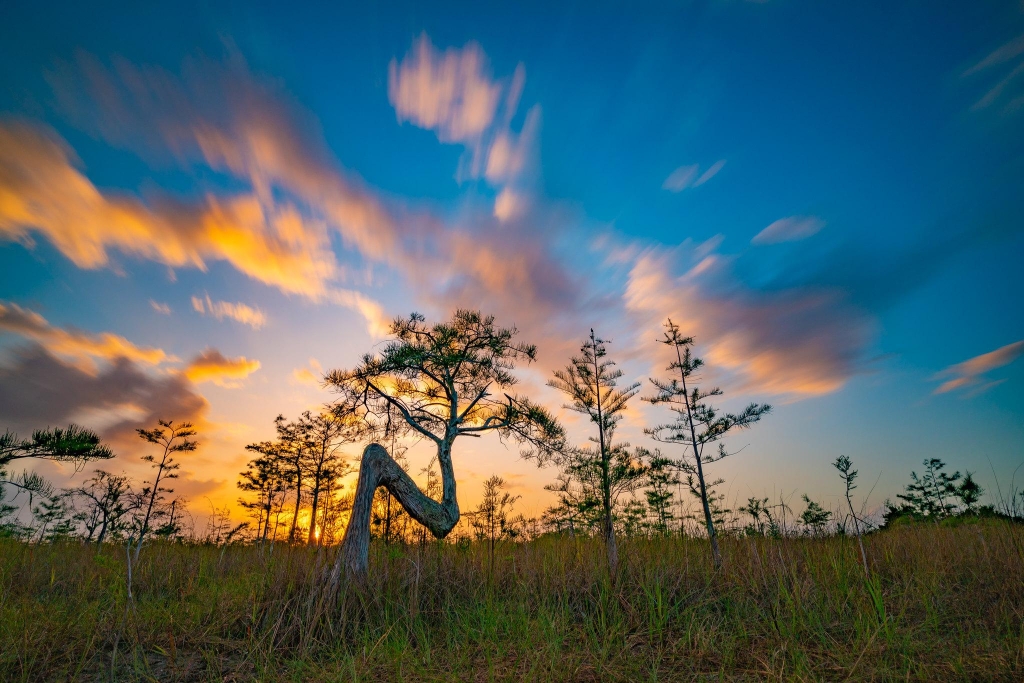
Everglades
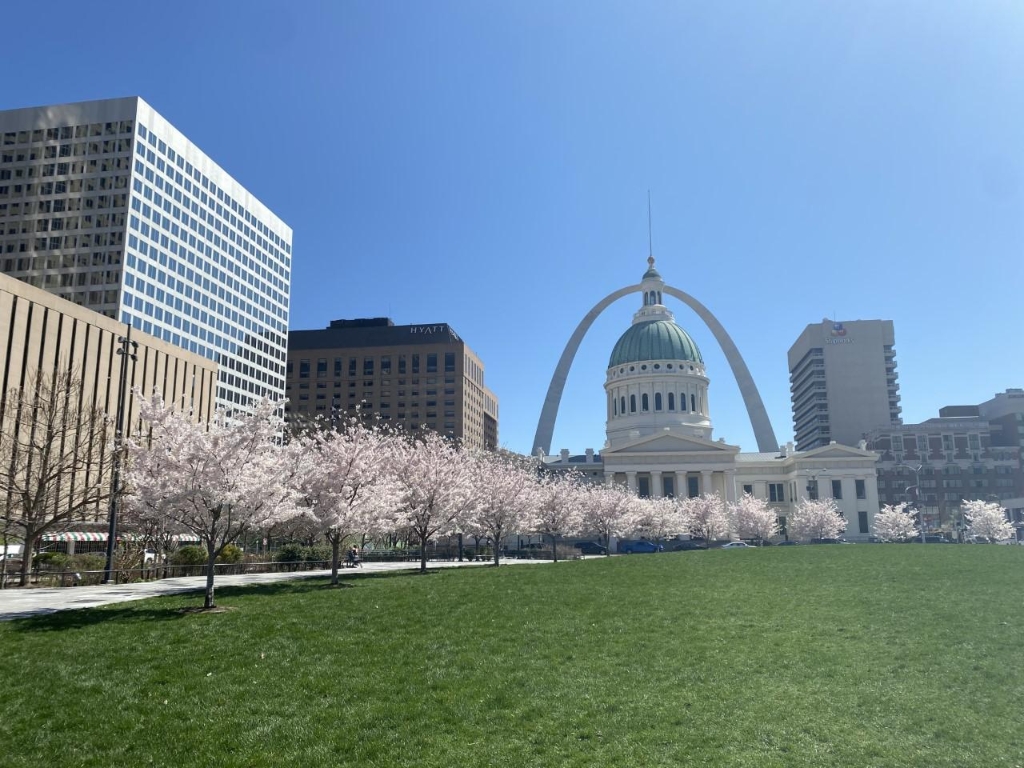
Gateway Arch
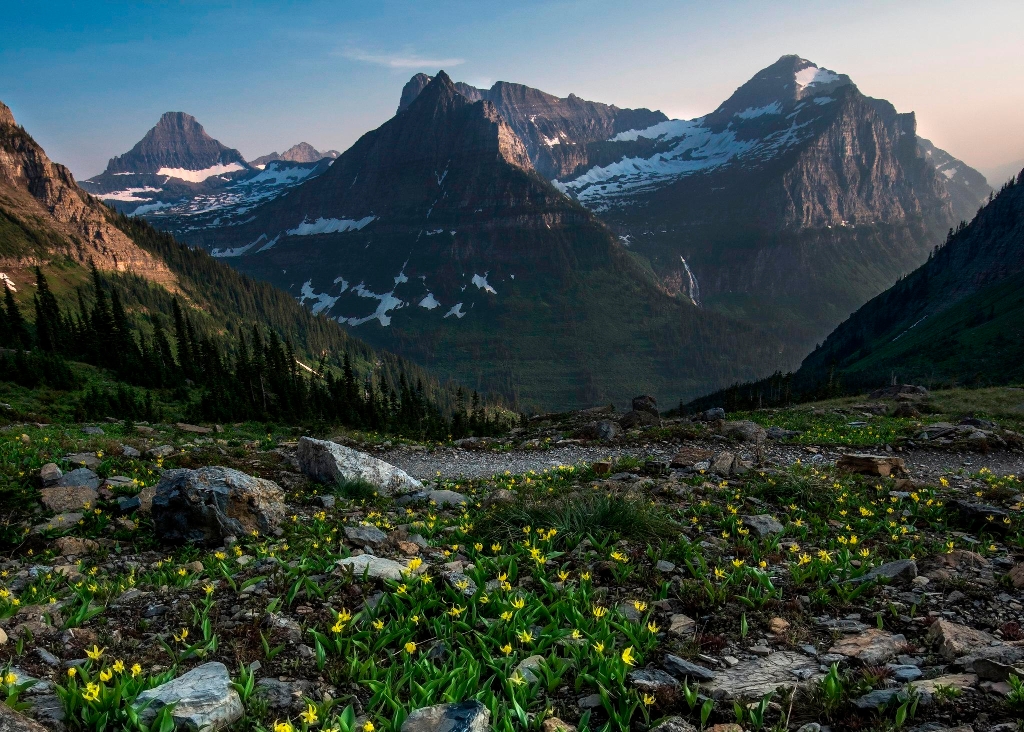
Glacier
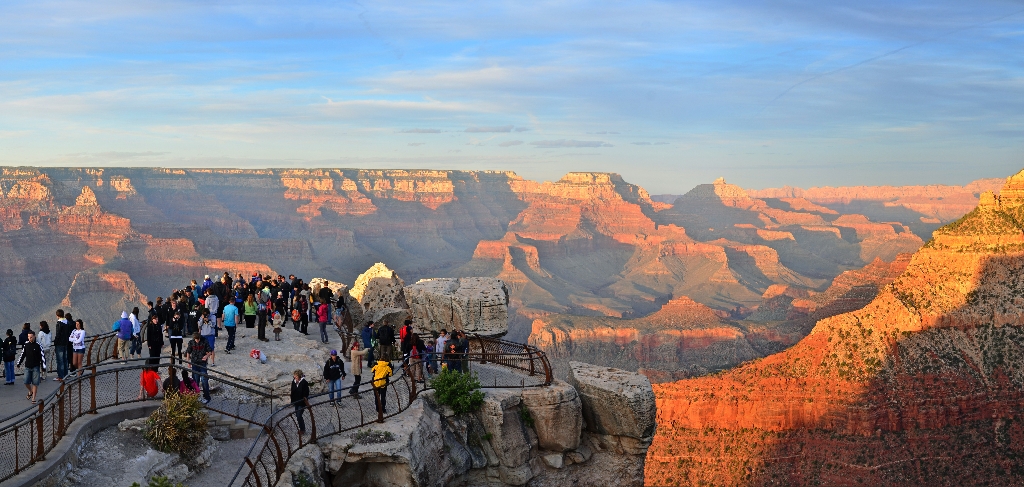
Grand Canyon
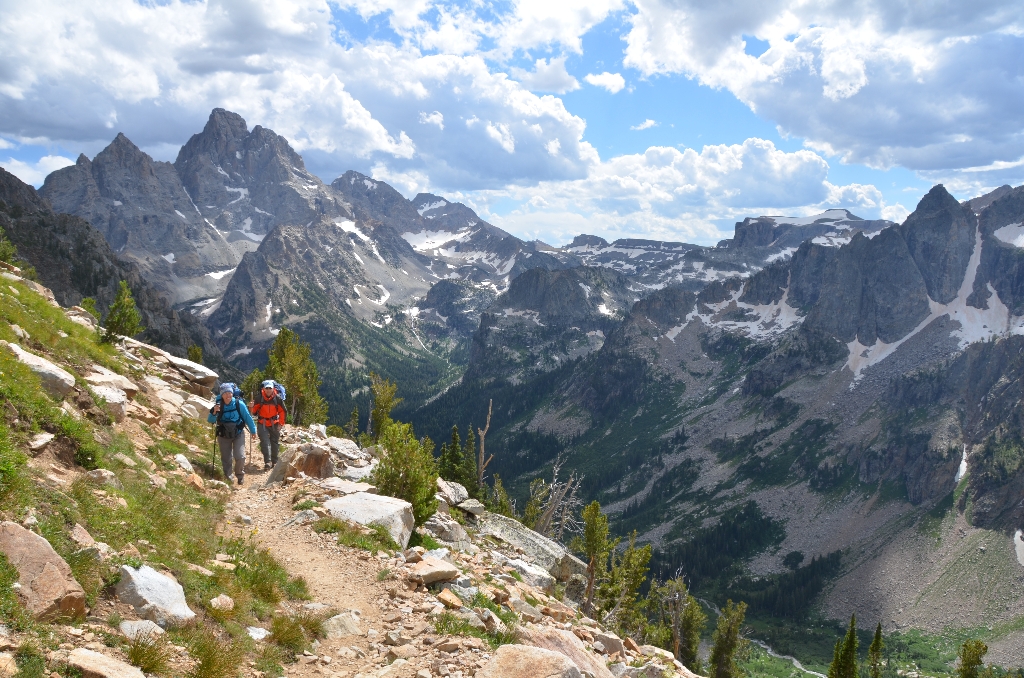
Grand Teton
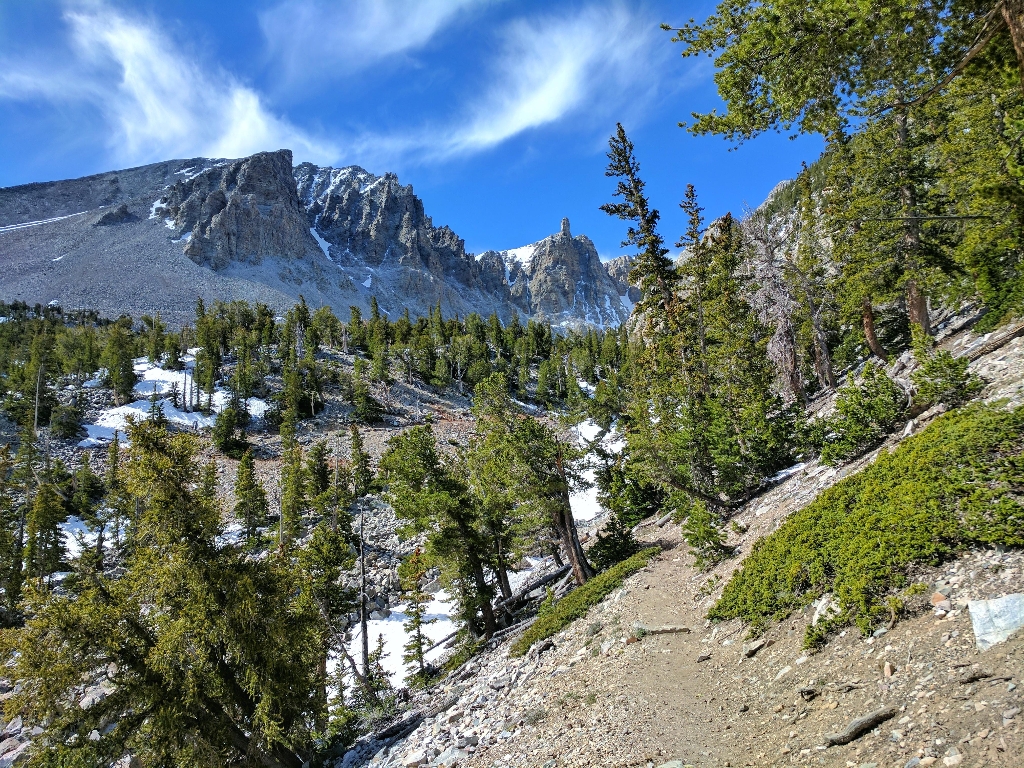
Great Basin

Great Smoky Mountains
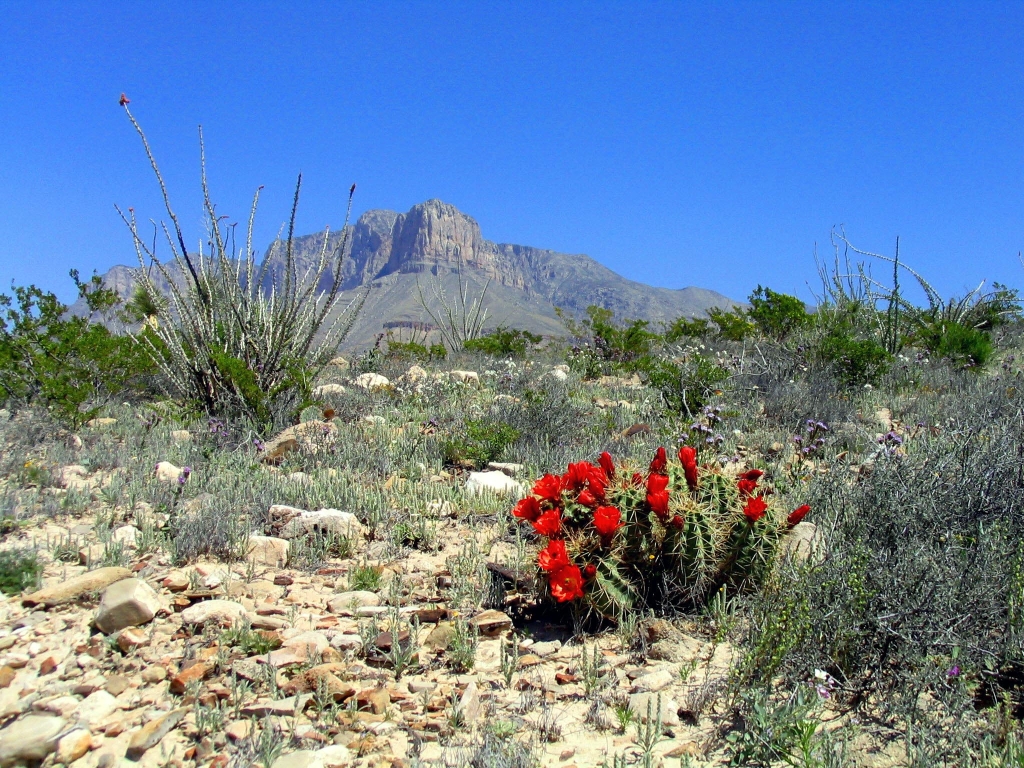
Guadalupe Mountains
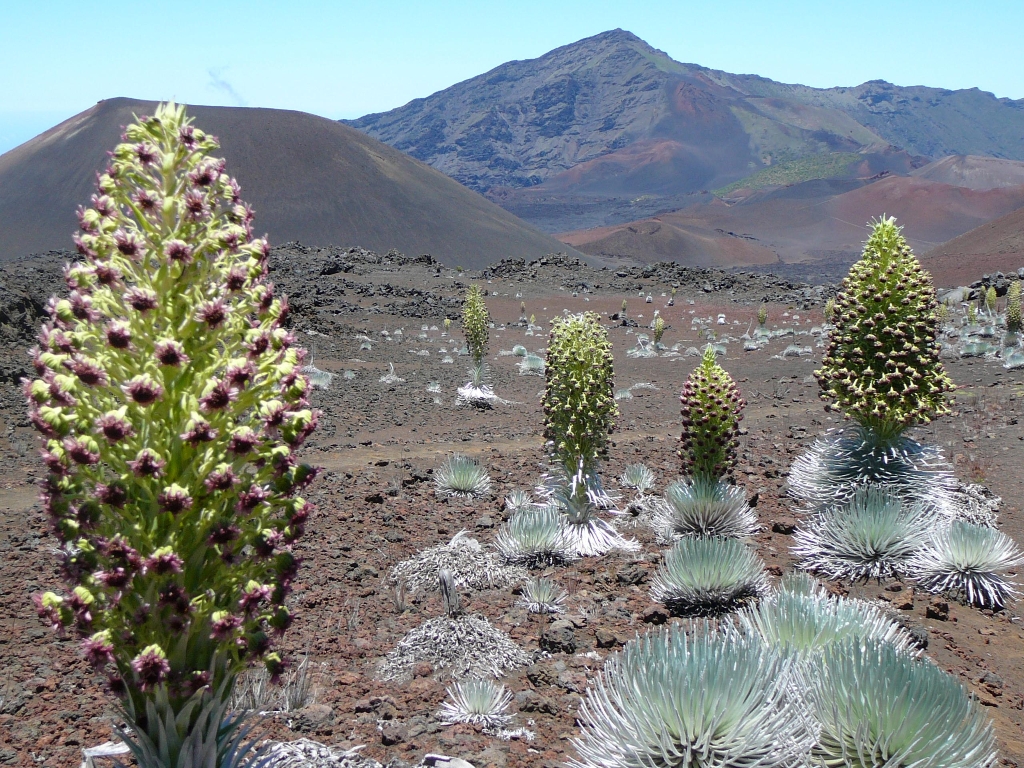
Haleakalā
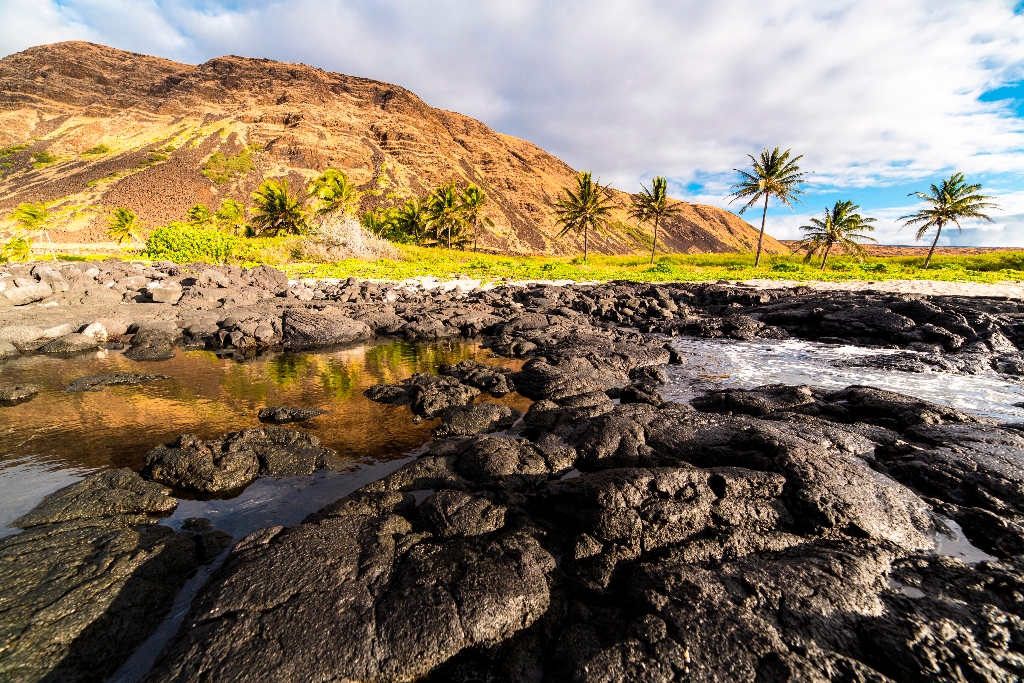
Hawaiʻi Volcanoes

Hot Springs
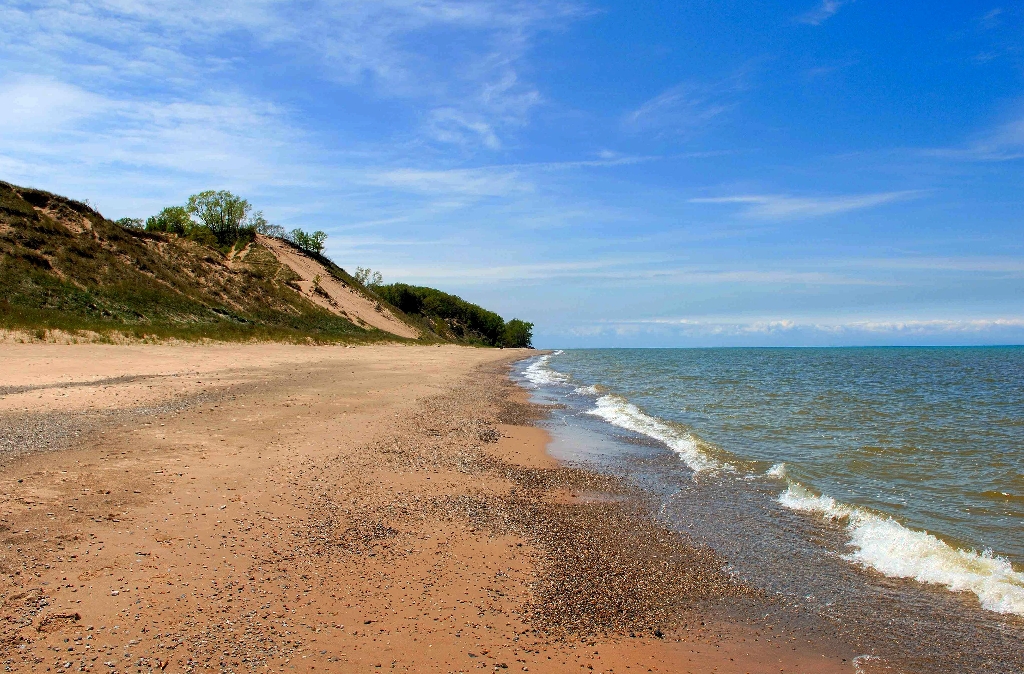
Indiana Dunes
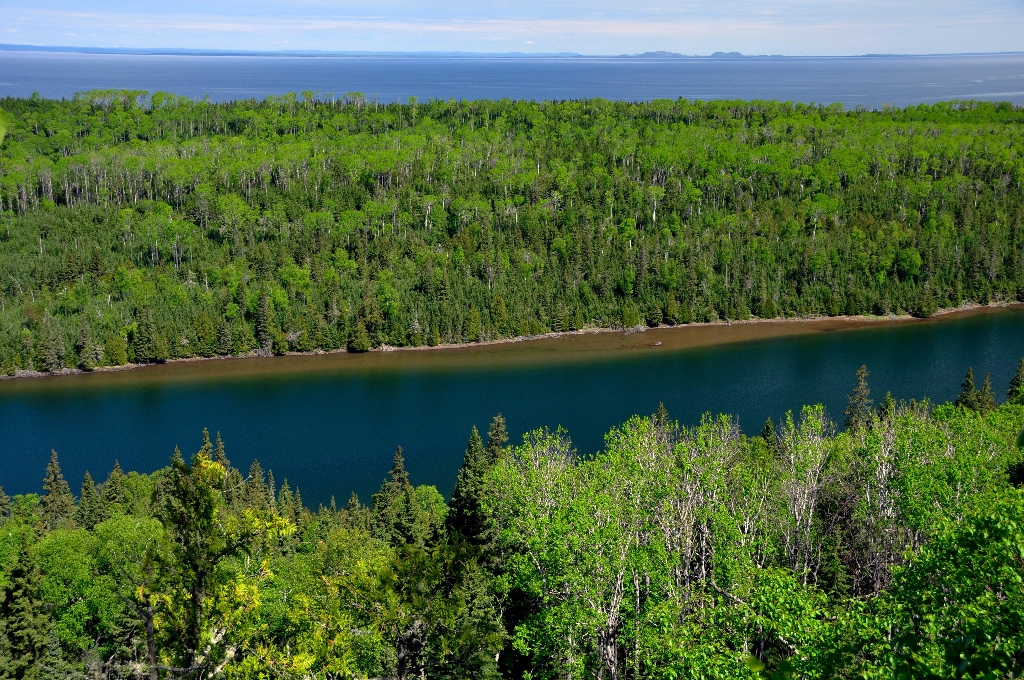
Isle Royale
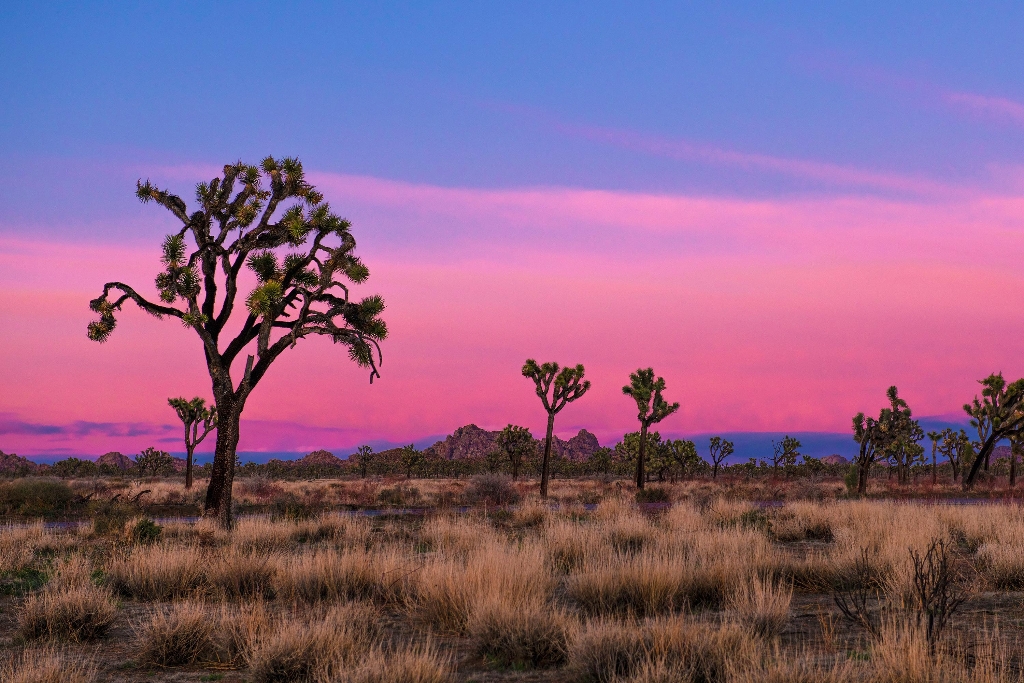
Joshua Tree
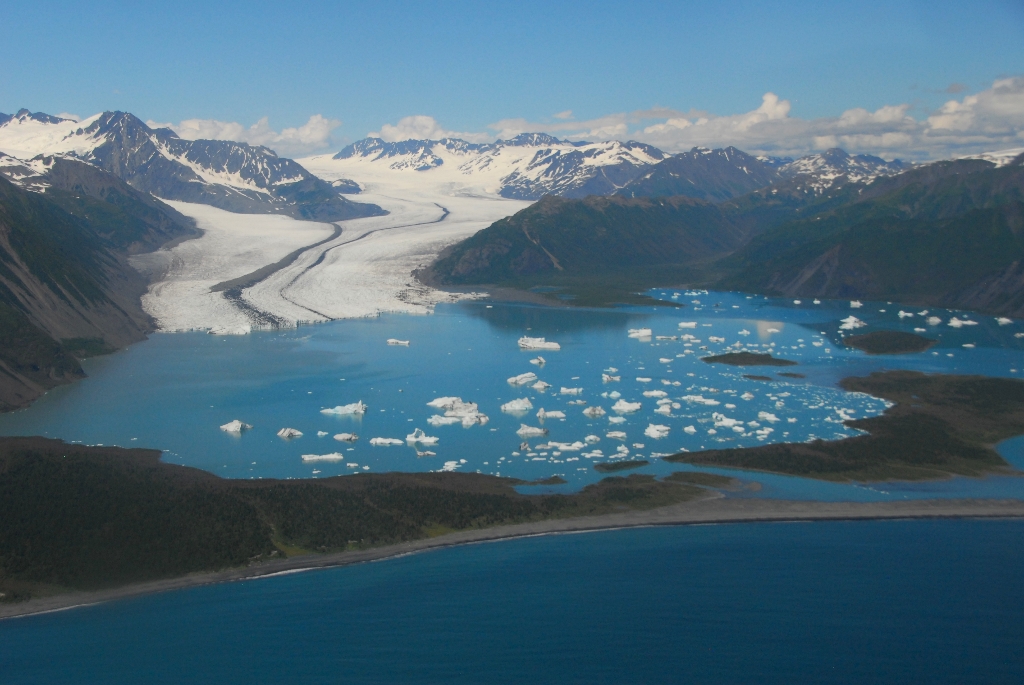
Kenai Fjords
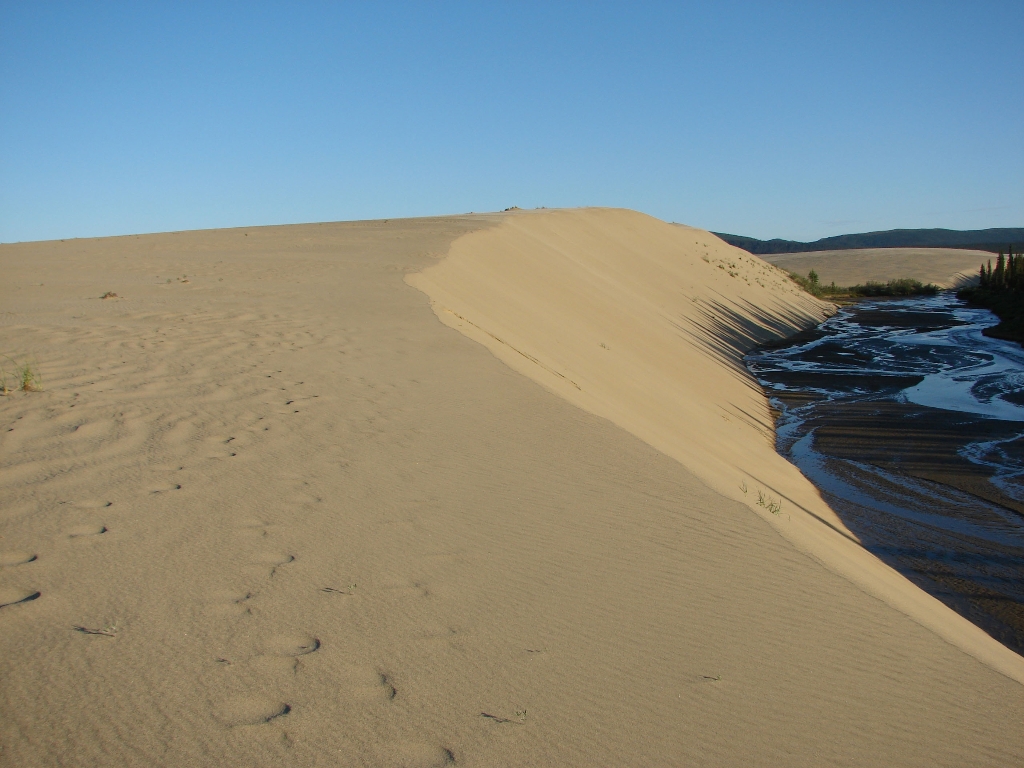
Kobuk Valley
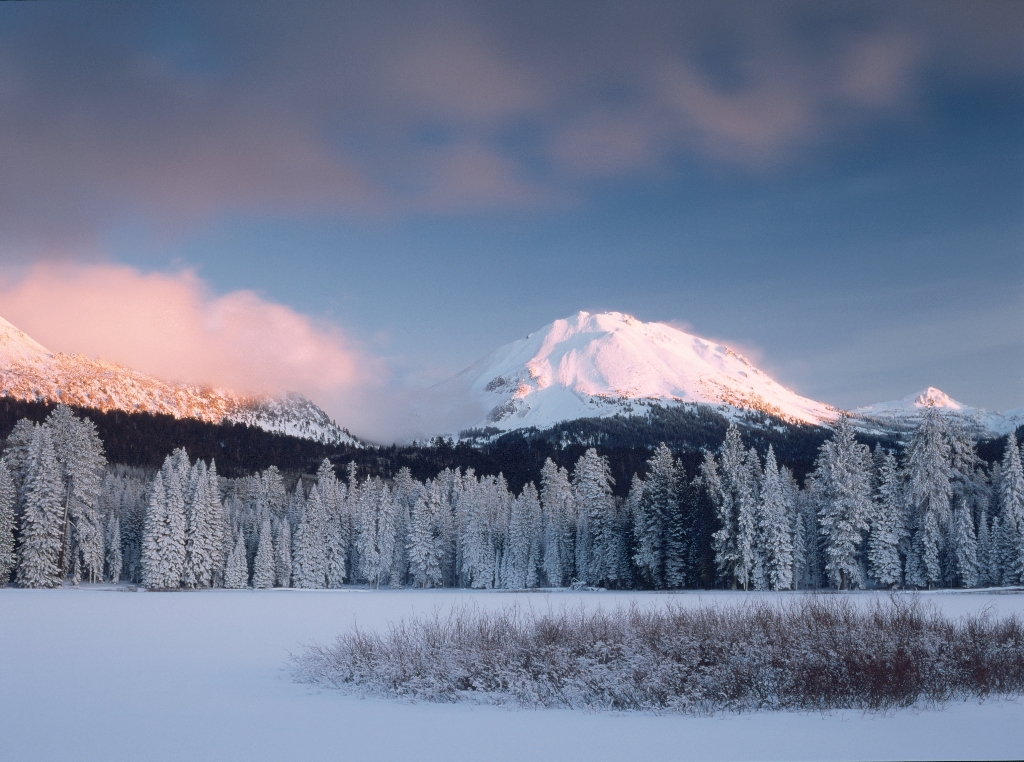
Lassen Volcanic
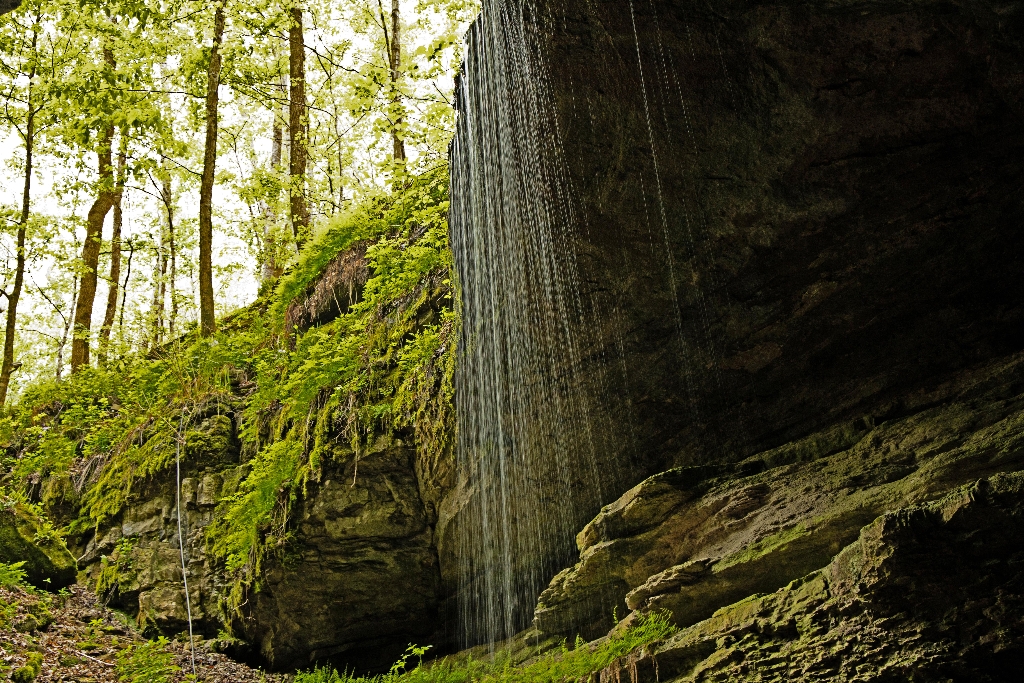
Mammoth Cave
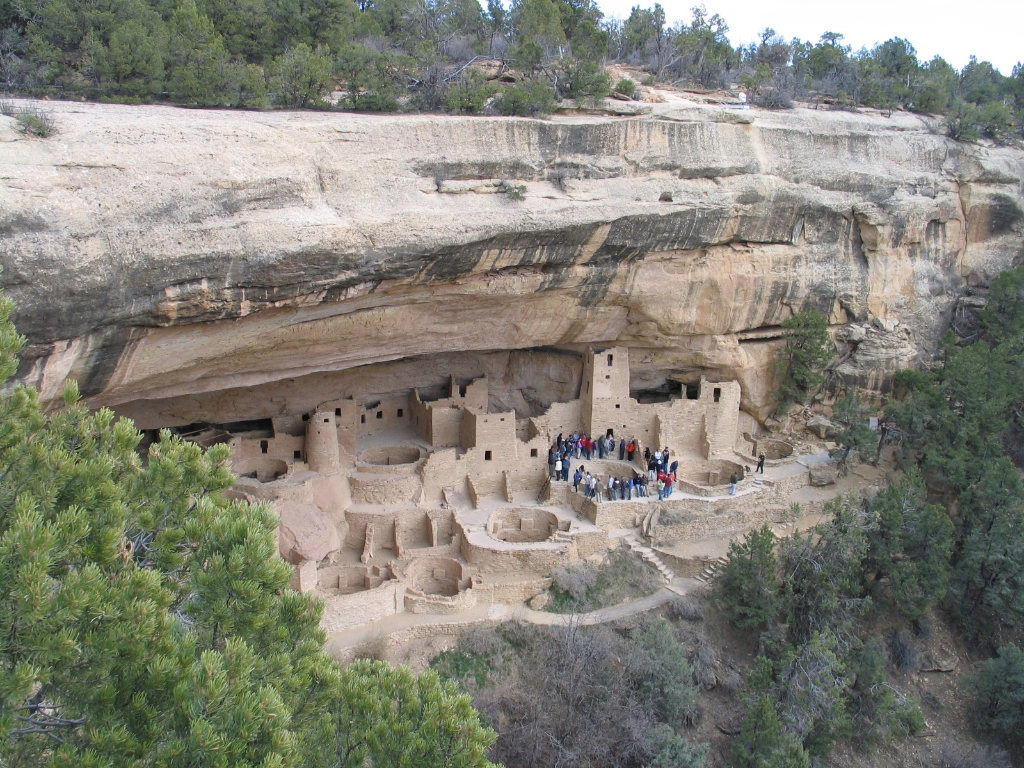
Mesa Verde
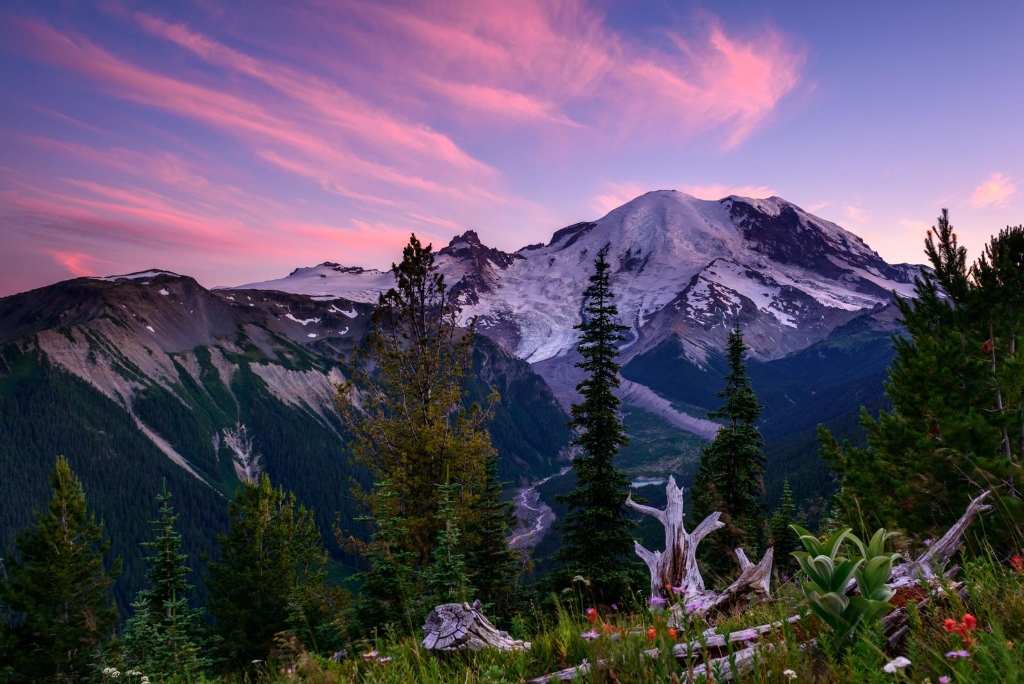
Mount Rainier
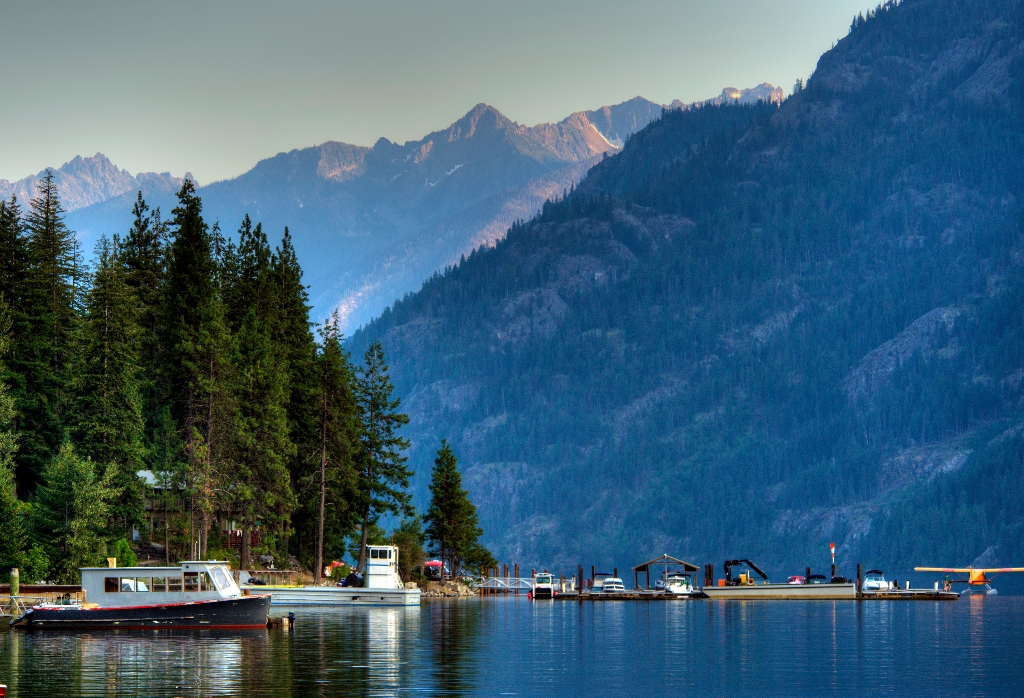
North Cascades
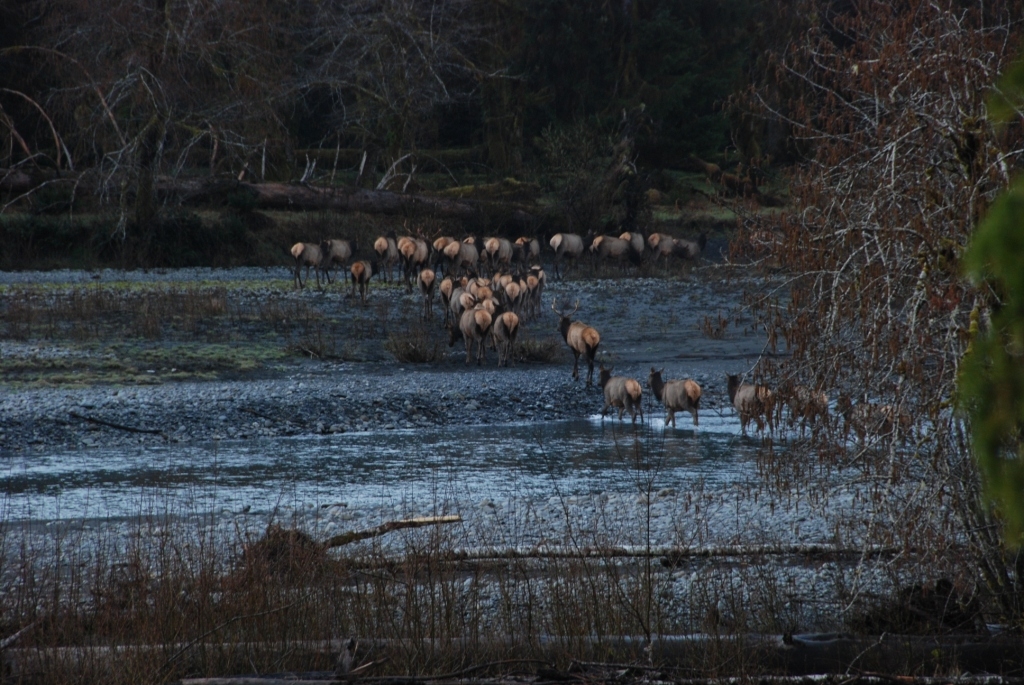
Olympic
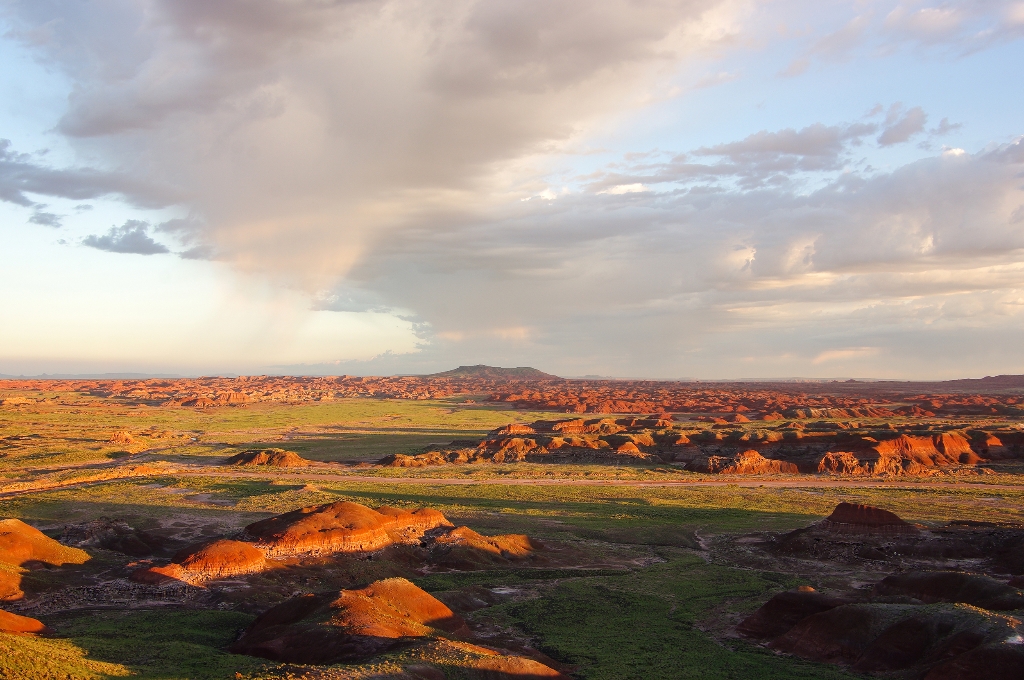
Petrified Forest
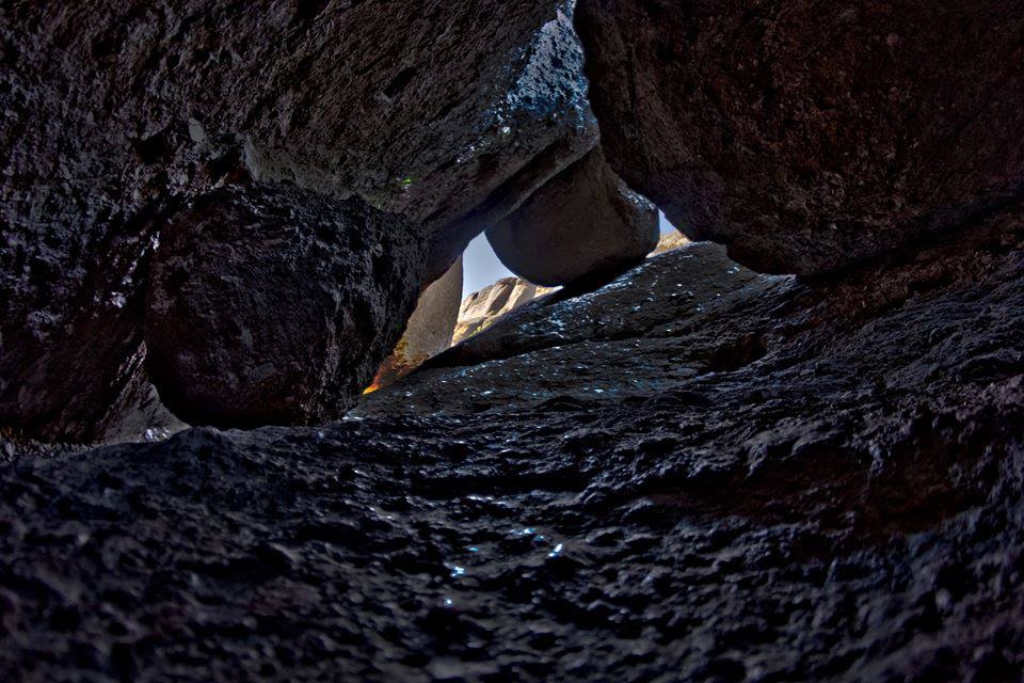
Pinnacles
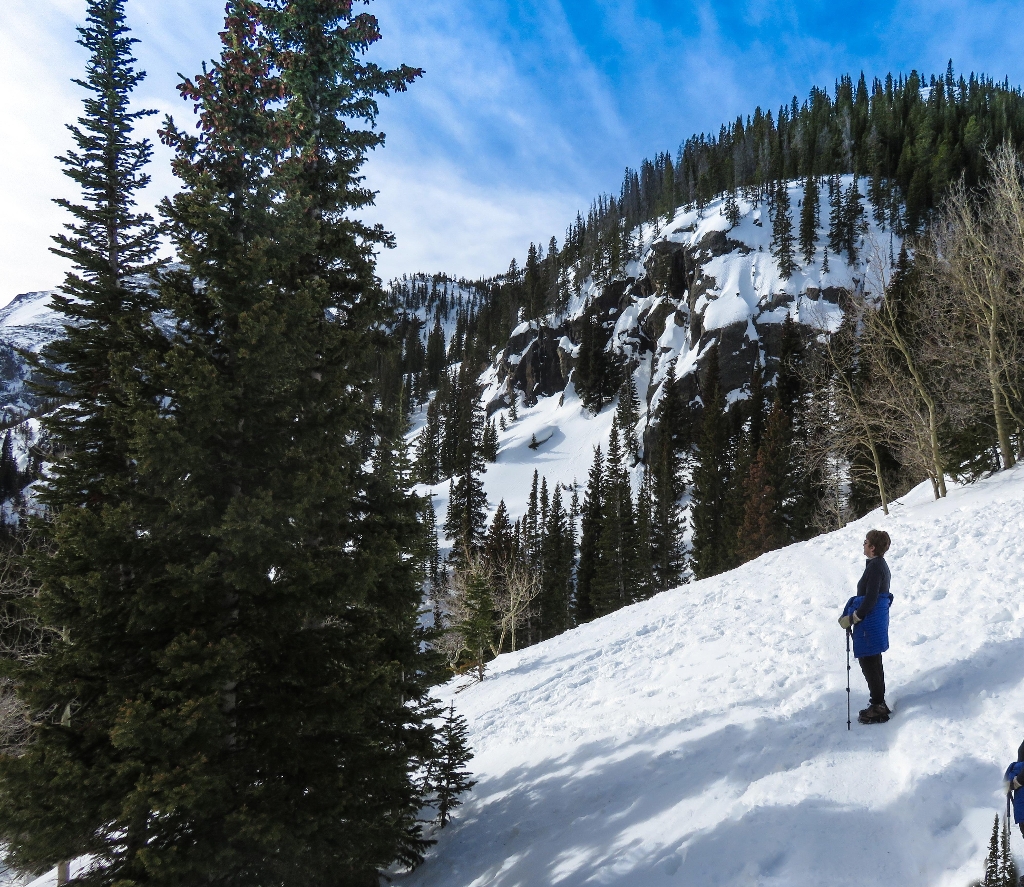
Rocky Mountain

Saguaro
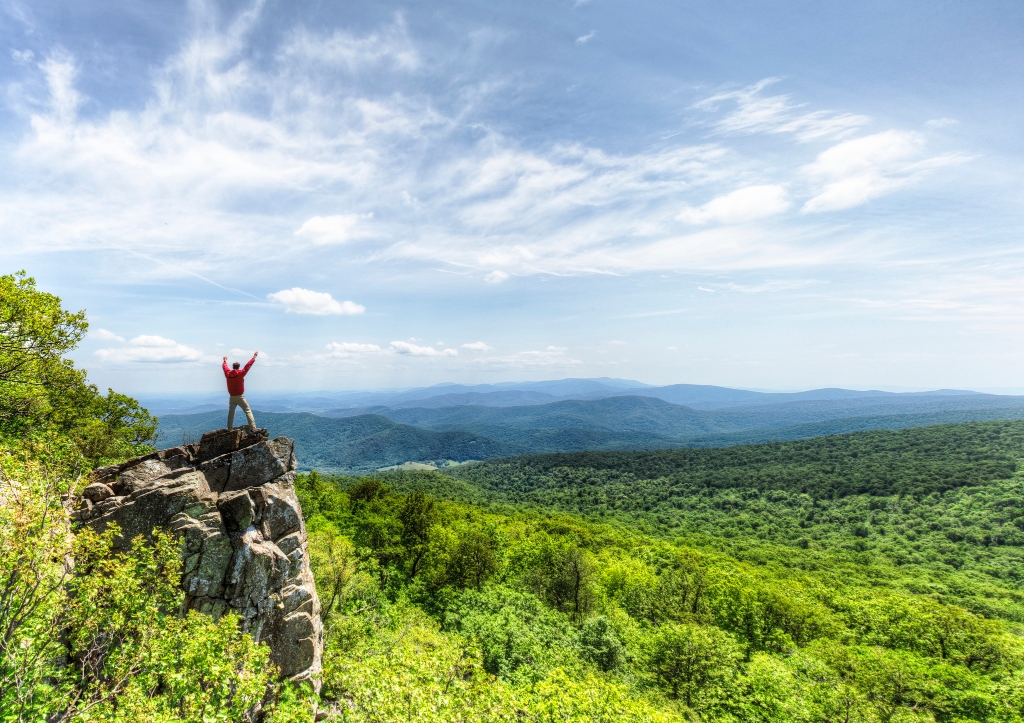
Shenandoah
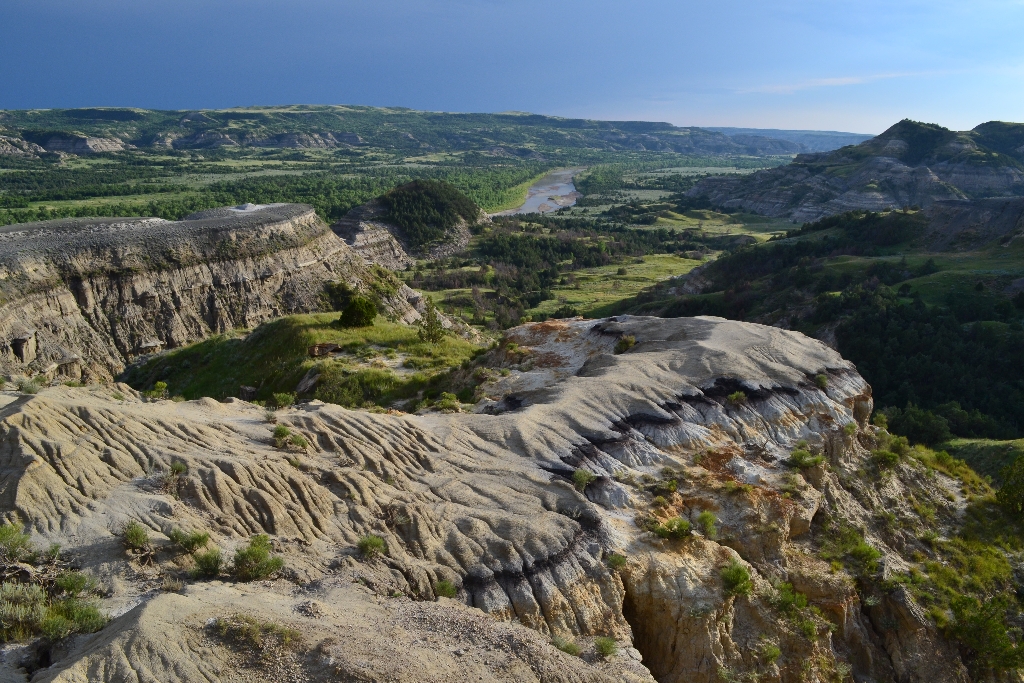
Theodore Roosevelt
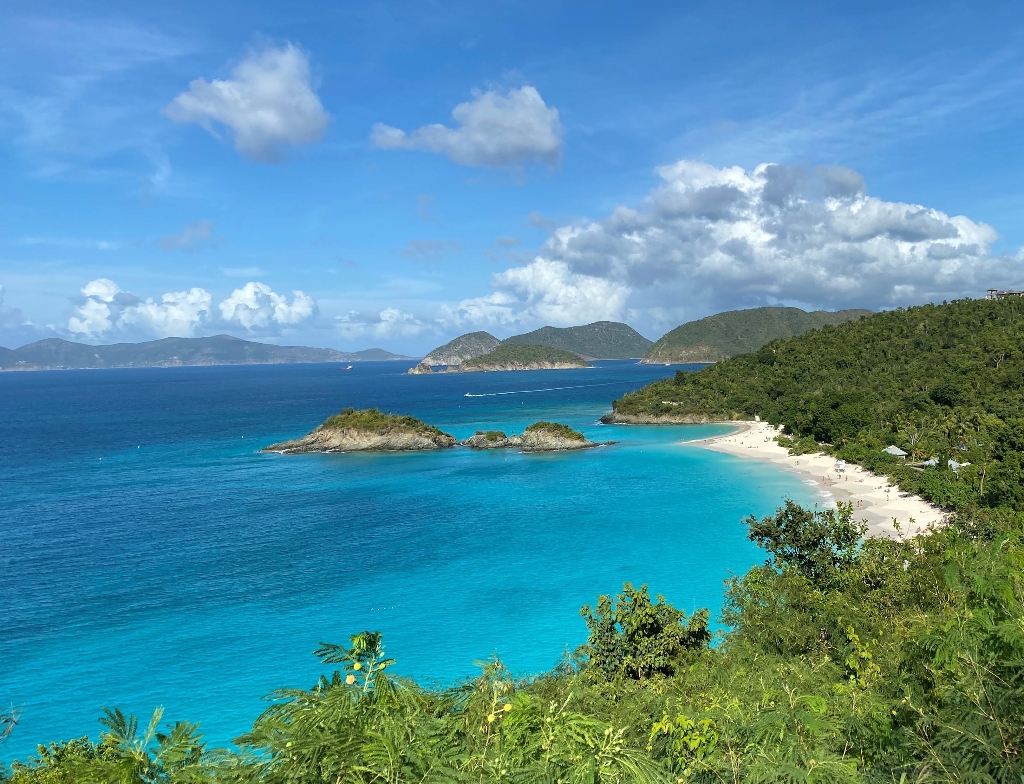
Virgin Islands
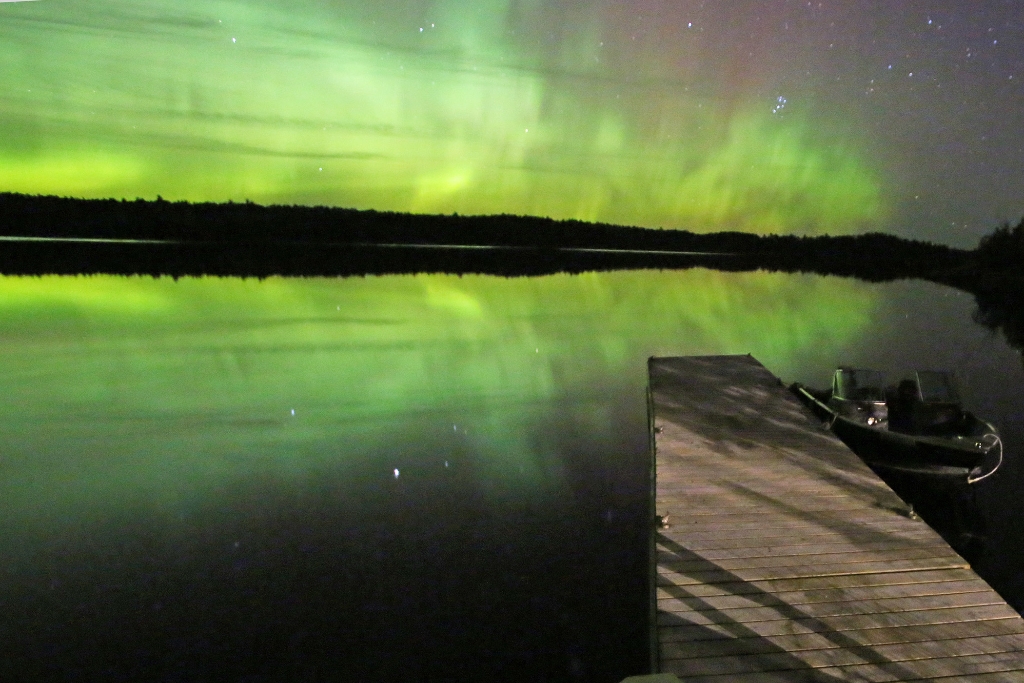
Voyageurs
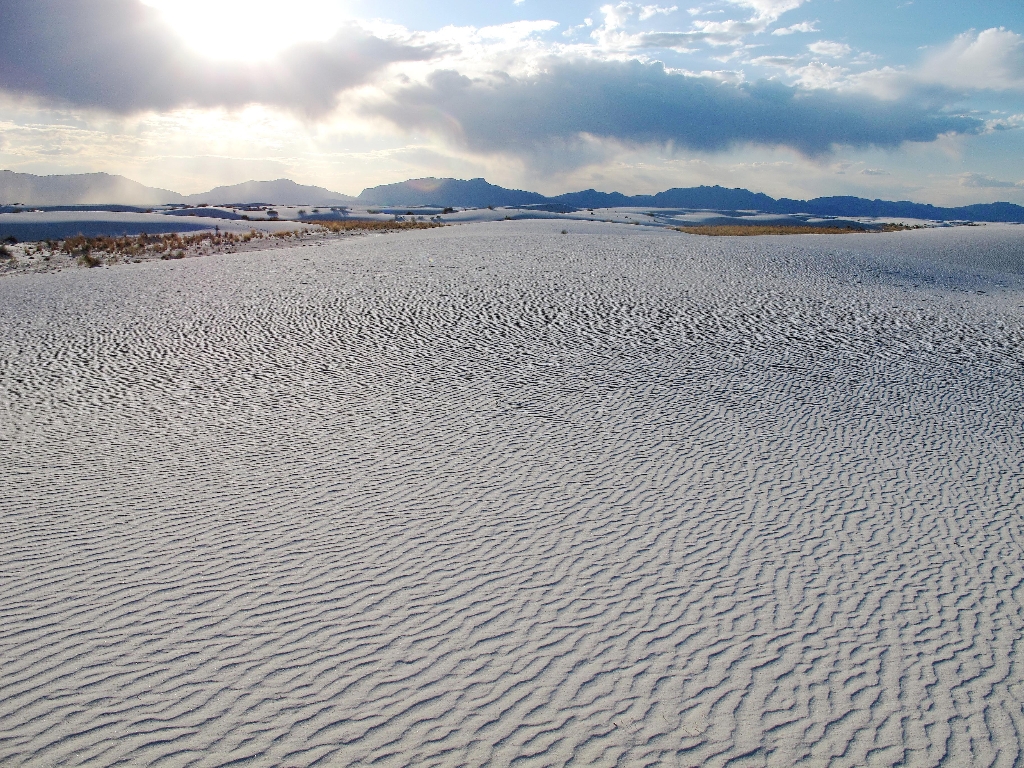
White Sands
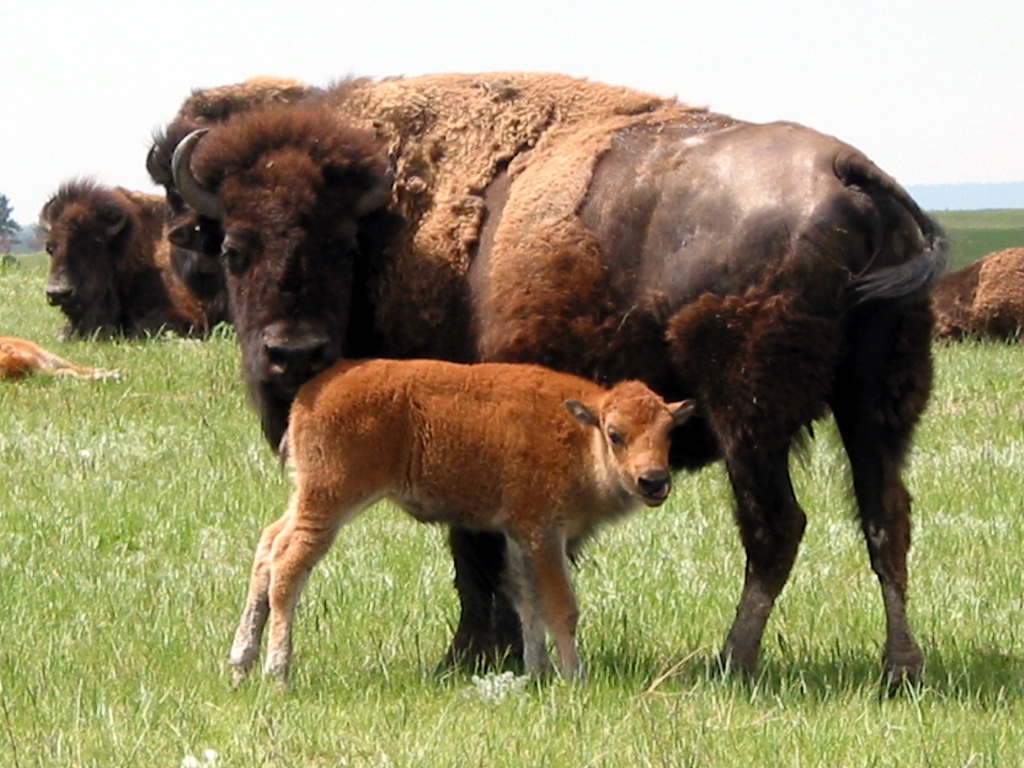
Wind Cave
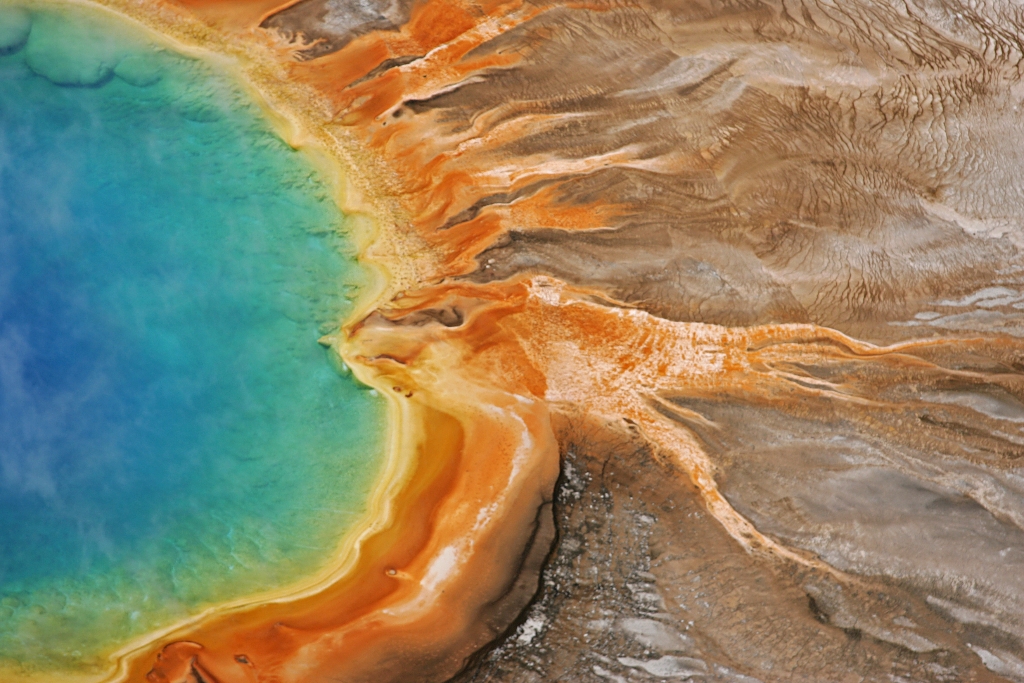
Yellowstone
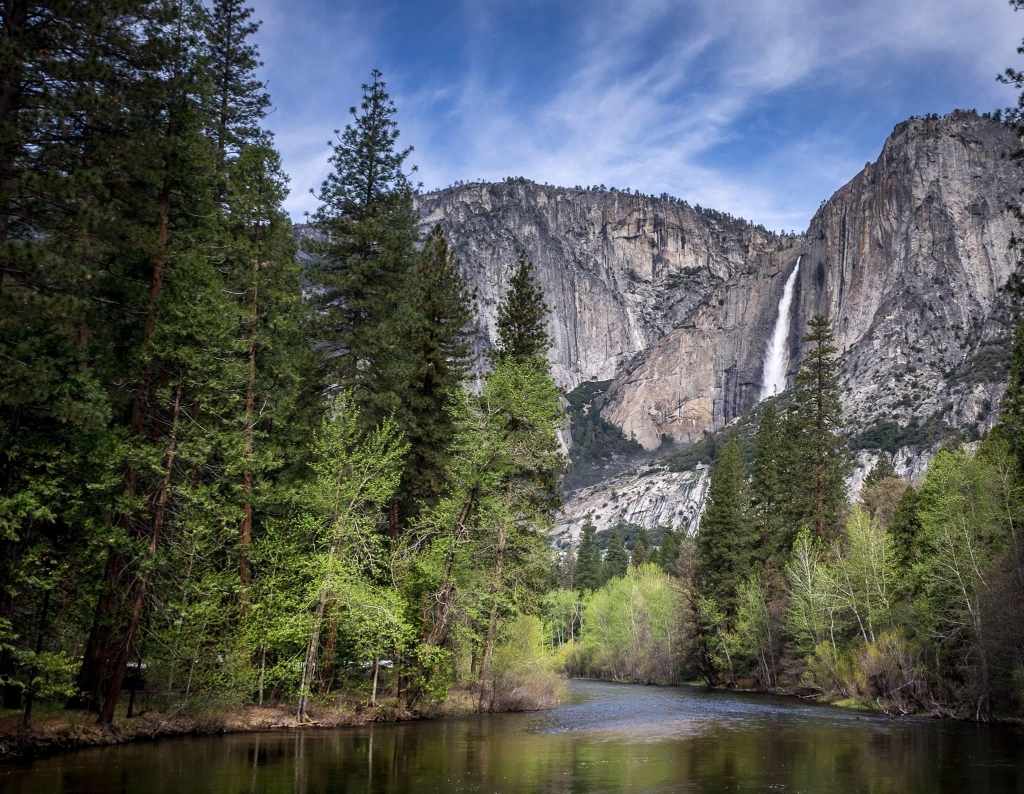
Yosemite
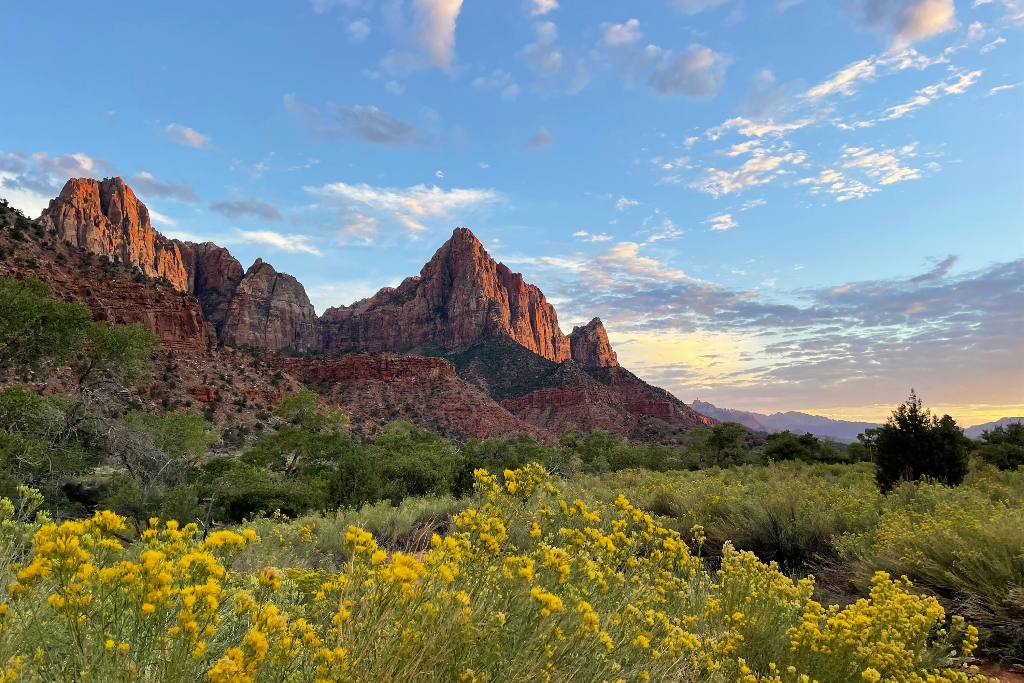
Zion